The art of creating intricate crack patterns on tea eggs – known as "tea egg crack art" – has captivated culinary enthusiasts and food scientists alike. This ancient Chinese technique transforms humble boiled eggs into visually stunning delicacies through precise shell fractures that allow flavorful tea broth to penetrate. At the heart of this edible artistry lies a delicate balance between controlled physical impact and molecular gastronomy.
The Physics of Fracture: When observing master tea egg artisans at work, one notices their rhythmic tapping resembles a percussionist performing a culinary concerto. The initial boil weakens the shell's calcium carbonate matrix, creating microscopic fault lines. What appears random to untrained eyes follows an unwritten code – the angle of knuckle impact (typically 45-60 degrees), the weight behind each tap (measured in decades of muscle memory), and the spacing between fractures (never closer than 3mm to prevent shell collapse).
Flavor Pathways: These man-made crevices serve as flavor superhighways. During the secondary simmering in spiced tea broth, capillary action pulls liquid through cracks at varying rates. Shallower fractures (0.2-0.5mm deep) create subtle marbling effects with lighter flavor infusion, while deeper fissures (1-2mm) produce bold, dendritic patterns and intense seasoning penetration. The broth's viscosity plays a crucial role – masters often adjust their recipe's soy sauce content to control surface tension for optimal seepage.
Modern gastronomy has revealed surprising parallels between tea egg cracks and geological erosion patterns. Food scientists using micro-CT scanners discovered that well-executed cracks follow fractal geometry principles, with main trunk fractures branching into smaller tributaries. This maximizes surface area exposure while maintaining structural integrity – a lesson from nature that some chefs now apply intentionally by studying river delta formations.
The Time Factor: Contrary to popular belief, longer steeping doesn't necessarily equal better flavor. The magic window occurs during the first 4-6 hours of immersion, when active compounds like tea polyphenols and star anise's anethole penetrate fastest. After 8 hours, the egg white's protein matrix begins rejecting additional flavor molecules – a phenomenon chefs call "flavor lockdown." The most prized tea eggs achieve perfect equilibrium where patterns remain visible but don't overpower the egg's natural savor.
Temperature manipulation creates another dimension of control. Some innovative chefs employ a technique called "thermal shocking," alternating between ice baths and simmering to make the egg white contract and expand. This physical stress generates micro-fractures invisible to the naked eye but capable of absorbing delicate top notes from ingredients like chrysanthemum or osmanthus flowers that would normally be too subtle to register.
Culinary Archaeology: Historical records suggest this technique may predate the Ming Dynasty. Food anthropologists recently uncovered Song Dynasty kitchen manuscripts describing "dragon vein eggs" – possibly an early version where shells were intentionally cracked against bamboo rods to create straighter fracture lines. This challenges the common assumption that tea egg cracking originated as a preservation method, suggesting aesthetic considerations were present from the beginning.
The craft has evolved regional dialects. Fujian-style emphasizes spiderweb-like radial cracks achieved by rolling eggs across textured stone surfaces. Sichuan versions feature bolder, irregular fractures made by quick flicks of a cleaver's blunt edge, mirroring the province's penchant for bold flavors. Shanghai artisans have developed a signature "ice crystal" pattern using precisely spaced needle taps that create crystalline designs resembling frozen windows.
Molecular Gastronomy Insights: Recent studies at Hong Kong Polytechnic University revealed that optimal flavor transfer occurs when cracks expose the shell membrane's porous layer without breaching it. This thin membrane acts as a natural filter, allowing flavor compounds under 500 daltons to pass while blocking larger tannins that cause bitterness. Some avant-garde chefs now pre-treat shells with enzymatic solutions to modify membrane permeability for customized flavor profiles.
The sound of cracking itself serves as a diagnostic tool. Experienced practitioners can identify undercooked eggs by their higher-pitched "tink" versus the deeper "tok" of properly prepared specimens. Audio analysis shows ideal tea eggs produce frequencies between 3-5kHz during shell tapping – a range that correlates with optimal structural weakness for artistic fracturing.
This humble street food encapsulates an entire philosophy of controlled imperfection. As third-generation tea egg master Lin Bao-Fu observes: "We don't create the cracks – we collaborate with them. Each egg contains its own fracture personality waiting to be discovered." In an era of industrial food perfection, the hand-crafted unpredictability of tea egg crack patterns offers a delicious reminder of beauty born from skillful rupture.
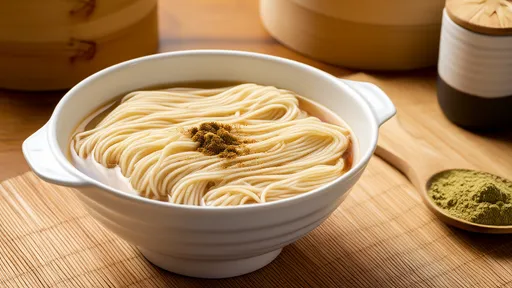
By /Jul 24, 2025
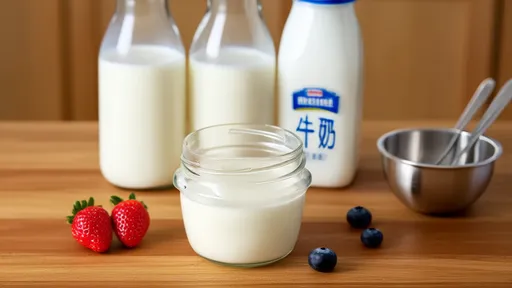
By /Jul 24, 2025
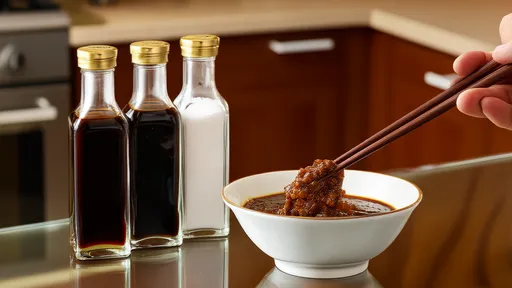
By /Jul 24, 2025
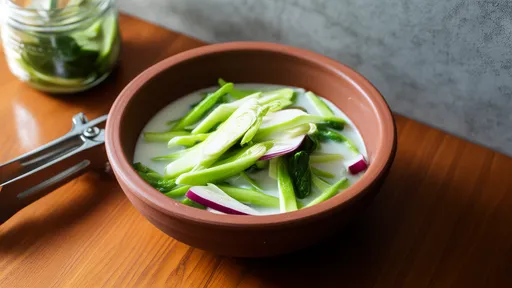
By /Jul 24, 2025
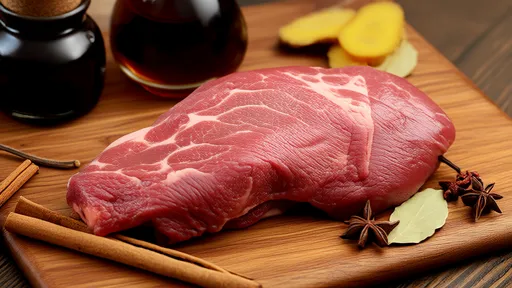
By /Jul 24, 2025
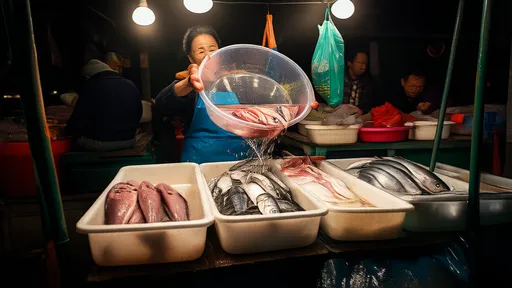
By /Jul 24, 2025

By /Jul 24, 2025
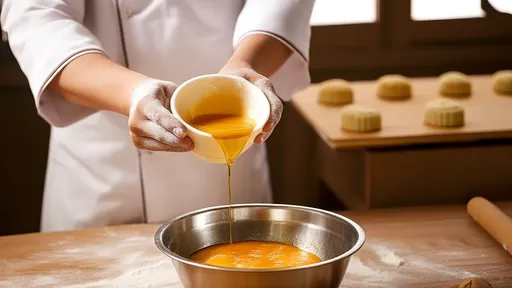
By /Jul 24, 2025
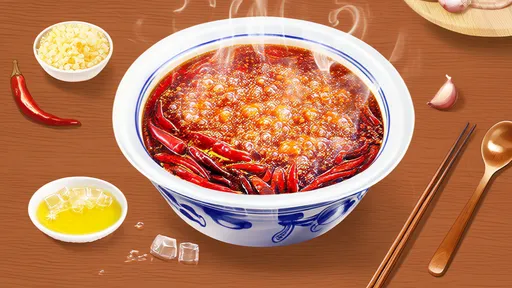
By /Jul 24, 2025
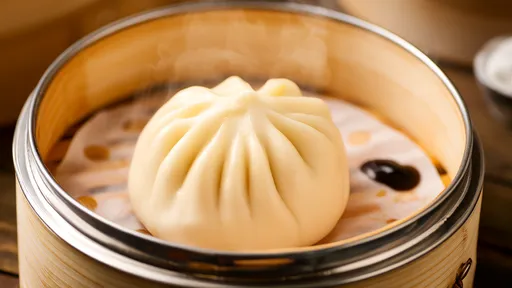
By /Jul 24, 2025

By /Jul 24, 2025
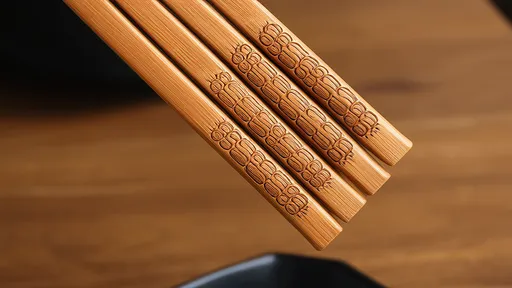
By /Jul 24, 2025
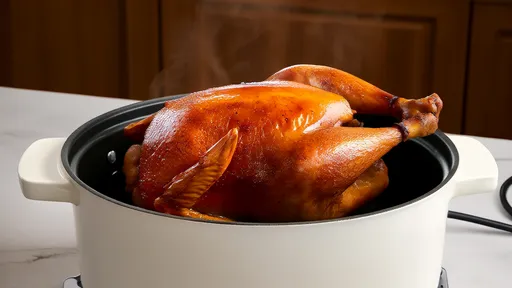
By /Jul 24, 2025
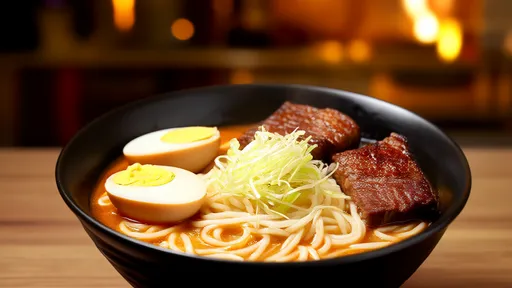
By /Jul 24, 2025
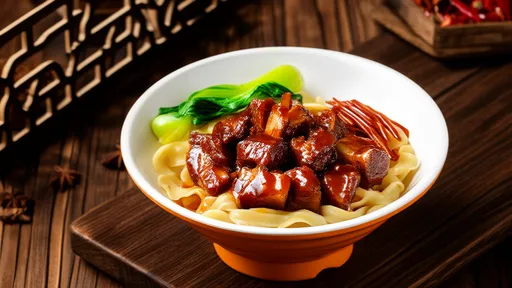
By /Jul 24, 2025
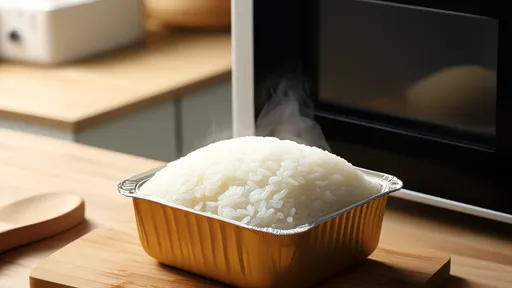
By /Jul 24, 2025
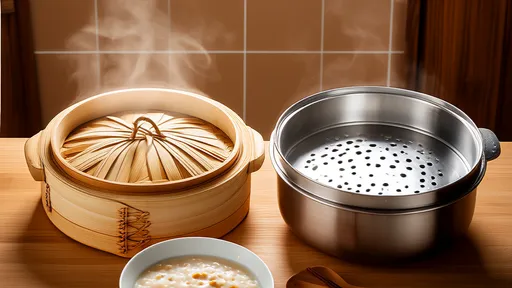
By /Jul 24, 2025
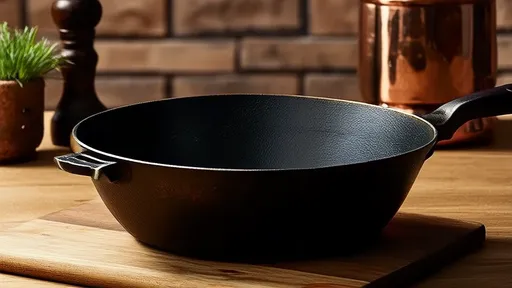
By /Jul 24, 2025